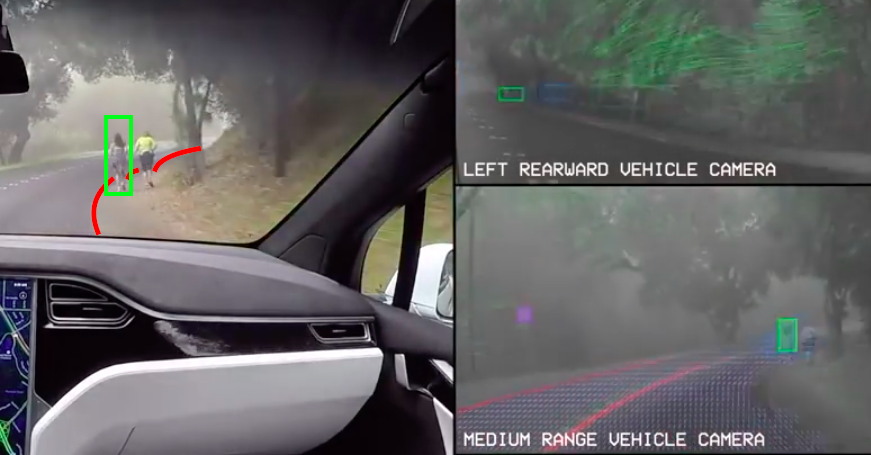tinm
2020 Model S LR+ Owner
I tend to agree with ivolodin's sentiment. It's the 'false positives' which are the main concern to me and the prospect of non-autonomous cars following behind and not expecting the car in front to slow suddenly for no apparent reason.
In a way drivers behind Teslas have been at a disadvantage for years because of a quirk in how Teslas behave: the regen causes the rear brake lights to go on for the slightest slow-down of speed. If you aren't aware of this, try turning the rear video on at night on a road, and watch how often the brake lights go on while your foot is over the accelerator pedal. I've had drivers get clearly pissed thinking I'm deliberately braking to taunt them or something.



